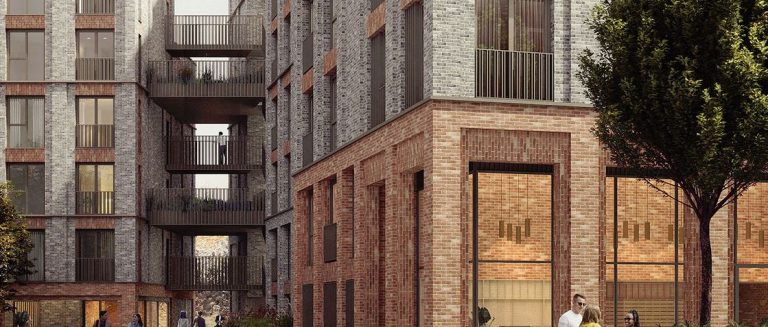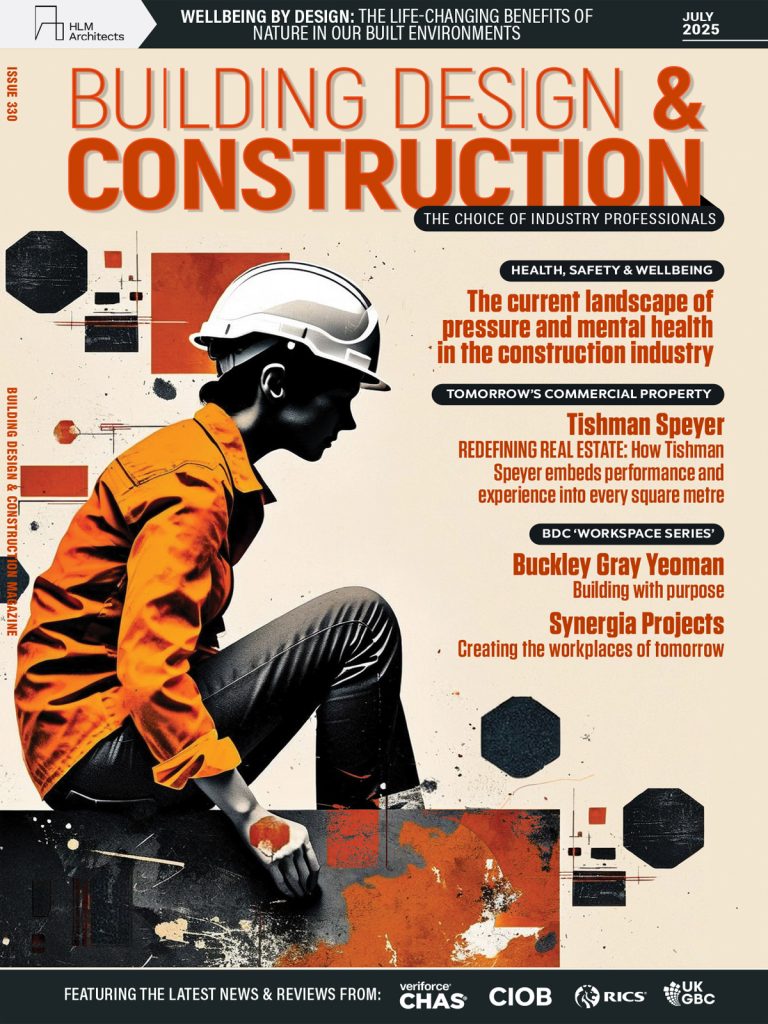A new poll from C|T Local, Sir Lynton Crosby’s real estate advisory business, and the Adam Smith Institute, finds that Conservatives could achieve majority-securing electoral boost by building more homes ● 1.6 million vote boost for Conservatives building more homes in a way that levels up, securing the 2019 majority at the next general election ● 75% of those who would like to purchase a home in the next 5 years say they cannot afford to or are unsure if they can ● 71% would back housebuilding if local residents had the power to agree when they were confident it would benefit their community ● 52% back higher national targets for house building, 18% disagree ● 60% back a ‘zoning system’ with ‘Protection,’ ‘Renewal,’ and ‘Growth’ categories, 10% oppose ● 52% support building more homes if it will reduce wealth inequality between older people and younger people Members of Parliament (MPs) from across England and planning reform advocates have backed new research which shows how to fix the housing crisis with popular local support. “Housebuilding is a key driver of levelling up. It’s not just about building more homes, it’s about building for sustainable local economic growth,” said Ben Everitt MP for Milton Keynes North and Chair of the APPG for Housing Market & Housing Delivery. “Houses are the hardest, slowest and most expensive part of the recipe for success, but having the right homes in the right place, at the right time will be fundamental to delivering levelling up. It’s too important to not get right.” The polling and analysis, outlined in Build Me Up, Level Up: Popular homebuilding while boosting local communities from C|T Local and the Adam Smith Institute (ASI), presents a roadmap for how to restart the stalled planning reform process by linking it closely to rejuvenating local communities. ● 67% back housebuilding if it would bring benefits to their family ● 68% back housebuilding if it meant local services would see an improvement ● 64% back housebuilding if it would help protect their local high street ● 64% back housebuilding if it led to people living closer to better paying jobs, reducing income inequality and boosting wages ● 62% back housebuilding if it meant greater investment in local health and education services “This powerful research demonstrates that we won’t be able to build the houses that Britain needs unless we ensure that communities benefit,” said Mark Jenkinson MP for Workington, “It starts with using new housing developments to invest in community-wide infrastructure like roads, public transport, broadband, hospitals, and schools. Turning development into a win-win for locals.” The research indicates that the Conservatives have the most to gain from housebuilding, or to lose if they fail. ● The Conservatives could get a 5 percentage point boost at the ballot box, the equivalent of 1.6 million people switching their vote, if they commit to building 2 million new homes. ● If Labour made a similar housing commitment, they would receive a 4 point bounce, and there would be a 3 point decline for the Conservatives. “Housing reform is absolutely essential if Britain’s long-held dream of a property-owning democracy is going to succeed, and this research by the Adam Smith Institute shows it can, providing it’s done the right way,” said John Penrose MP (Weston-super-Mare). “There are plenty of people who will support building more local homes if it helps their friends and family afford to live where they want, and if local residents control where they’re built and how they look.” The research also found that it is possible to win over many ‘Nimbys’ — Not In My Back Yard opponents of local house building — by delivering local benefits from development. Nimbys can be persuaded to support more building in their area if the homebuilding leads to: ● more investment in local services; ● more young people to move out of their parents’ homes; ● more people living and working in the community; ● a reduction of the overall cost of housing in the area; and ● a reduction of the cost of rents in the area. C|T Local and the ASI find strong support for a range of initiatives to tackle the housing crisis, including: ● 60% support a ‘zoning system’ proposed in the Government’s Planning for the Future white paper; ● 52% support for the ‘Infrastructure Levy’ replacing affordable housing requirements ● 58% support reducing red tape to help smaller and medium-sized builders ● 75% support building on brownfield (former industrial) sites ● 63% support allowing villages to build new homes nearby, if they choose ● 58% support automatic permission for converting offices and 48% support converting high street shops ● 58% back automatic permission for mansard extensions, just 22% disagree ● 48% support ‘street votes’, just 22% disagree Other key findings include: ● 52% have an incorrect understanding of what the Green Belt, 14% cannot say what it is at all ● 54% of those who feel their area has improved in recent years support more homebuilding in their local community ● The polling shows that Nimbys are louder, but less electorally impactful than politicians believe. They are more likely to attend town halls and send a letter / email to their local councillor, but Yimbys are more likely to vote for a party that will build more homes locally, and they outnumber Nimby’s by more than two-to-one C|T Local Managing Director, Gavin Stollar said: “This research is the most explicit roadmap ever produced for both Government and the real estate sector. The public tell us how they can be persuaded to come on the (house building) journey but also, crucially, why that journey is so important and fascinatingly, why it is in all political parties’ interest to deliver. Communities across the UK are there to be convinced, the question now is, are developers prepared to listen and respond and are the Government prepared to legislate to ‘get it done’?” ASI Head of Research Matthew Lesh said: “The future of the





